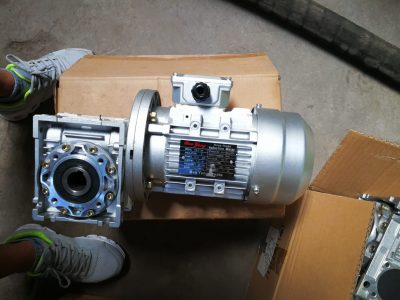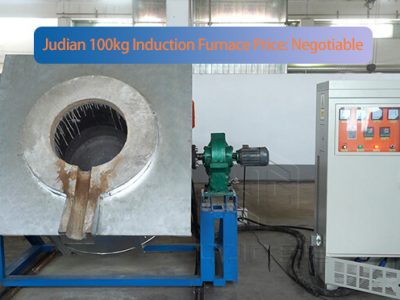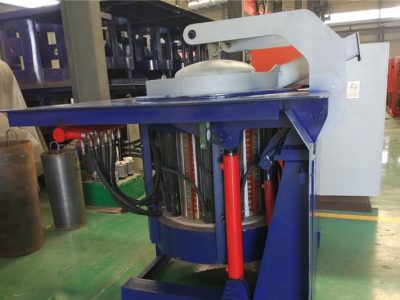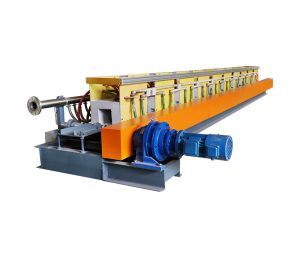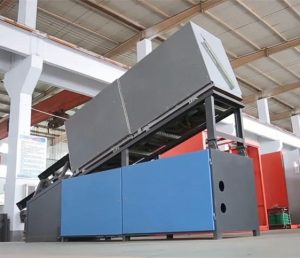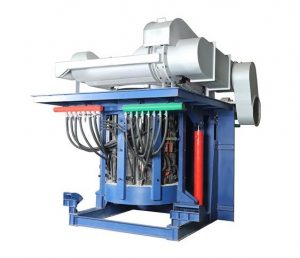Steel making in induction furnaceInduction Furnace and Steelmaking
Steelmaking in an induction furnace is a process that uses the principle of electromagnetic induction to heat metal for smelting. The following is a detailed introduction to this process:
- The basic principle of induction furnace steelmaking
The core of induction furnace steelmaking lies in the electromagnetic induction phenomenon. When an alternating current passes through an inductor (usually a coil), an alternating magnetic field is formed around it. This magnetic field generates an induced current, i.e., eddy current, in the metal conductor (such as scrap steel, molten iron, etc.) placed in it. When the eddy current flows inside the metal, heat is generated due to the presence of resistance, thereby heating the metal to a molten state for steelmaking operations.
- The main features of induction furnace steelmaking
- Fast heating speed: The induction furnace can quickly heat the metal to a molten state, thereby improving production efficiency.
- High thermal efficiency: Since electromagnetic induction acts directly on the inside of the metal, the heat loss is small and the thermal efficiency is high.
- Accurate temperature control: By adjusting the frequency and power of the alternating current, the temperature of the metal can be accurately controlled, which helps to achieve a refined smelting process.
- Environmental protection and energy saving: Compared with traditional steelmaking methods, the induction furnace steelmaking process produces less pollutants such as waste gas and waste slag, which is conducive to environmental protection and energy saving.
III. The process flow of induction furnace steelmaking
The process flow of induction furnace steelmaking generally includes the following steps:
- Raw material preparation: Prepare scrap steel, molten iron and other raw materials in a certain proportion, and carry out necessary pretreatment (such as cutting, cleaning, etc.).
- Loading: Put the pretreated raw materials into the induction furnace.
- Heating and melting: Start the induction furnace and heat the metal to a molten state through the principle of electromagnetic induction.
- Refining: After the metal is melted, necessary refining operations are carried out, such as removing impurities and adjusting the composition.
- Pouring: Pour the refined molten steel into the desired shape (such as ingots, billets, etc.).
IV. Application fields of induction furnace steelmaking
Due to its unique advantages, induction furnace steelmaking has been widely used in many fields. For example, in the production of high-quality steels such as special steel, alloy steel and stainless steel, induction furnace steelmaking technology plays an important role. With the advancement of science and technology and the improvement of environmental awareness, induction furnace steelmaking technology is also developing to meet the market demand for high-quality steel.
V. Conclusion
In summary, induction furnace steelmaking is an efficient, environmentally friendly and energy-saving steelmaking method. It uses the principle of electromagnetic induction to heat metal, and has the advantages of fast heating speed, high thermal efficiency and precise temperature control. It has been widely used in the production of high-quality steels such as special steel and alloy steel, and has been continuously improved with the advancement of science and technology.
Induction furnace steelmaking is a process that uses electromagnetic induction to heat raw materials for steelmaking. The following is an overview of the basic process of the process:
- Raw material preparation: Scrap steel (such as iron filings, scrap iron, scrap steel plates, etc.) is mainly used, and direct reduced iron (DRI) can also be used. Before being put into the induction furnace, these raw materials need to be cleaned and broken for melting.
- Charge: The processed raw materials are placed in the furnace body of the induction furnace. Induction furnaces are usually cylindrical and lined with refractory materials to withstand high temperatures.
- Heating and melting: The electromagnetic field generated by the induced current induces current in the raw materials in the furnace, which in turn generates heat to melt the raw materials. The induction furnace uses electromagnetic induction heating to avoid direct contact with the molten steel, thereby effectively reducing the wear of the furnace body.
- Composition adjustment: The molten steel will be chemically analyzed, and alloy elements will be added or impurities will be removed as needed. Common adjustments include adding carbon, manganese, chromium, etc. to meet the requirements of different steel grades.
- Degassing and impurity removal: To improve the quality of molten steel, degassing may be required to remove gases such as hydrogen and oxygen. In addition, inclusions in the molten steel need to be removed to ensure its purity.
- Casting: When the molten steel reaches the required chemical composition and temperature, it will be poured into a mold for casting. Common casting forms include billets and ingots.
- Cooling and post-processing: The billets or ingots after casting need to be cooled and may undergo further heat treatment, rolling or other processing to obtain the desired final product specifications and properties.
The advantages of induction furnace steelmaking include high efficiency, good temperature and chemical composition control, and low energy consumption and exhaust emissions, so it has been widely used in modern steel production.
--------------------------------------------------------------------------------------------------------------------
How is steel made in an induction furnace?
Can steel be produced in the furnace?
What is the steel making process in the electric furnace?
What is the induction route of steel making?

























